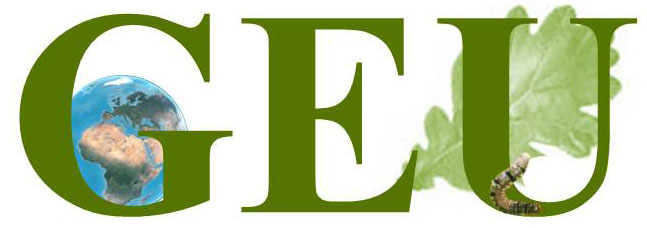
Earth’s tree diversity is crucial for biodiversity and ecosystem functions and services. New study published in PNAS highlight the increasingly worrisome situation of forests; authors find that averagely ranges of 83% of tree species are exposed to non-negligible human pressure. Picture: Pixabay.
Trees play a vital role in the biosphere. As key agents in the flow of energy and matter, they protect catchments and stabilize drainage areas, sequester carbon, and regulate climate on local to global scale. Trees also provide habitat for a large proportion of the diversity of the world’s vertebrates, invertebrates, and fungi. The magnitude of many of these functions and services increases as tree diversity increases, and greater functional diversity of tree assemblages enhances ecosystem productivity and stability. However, continued global forest loss and degradation has decimated biodiversity among tree and tree-dependent organisms.
In a new study published in the journal Proceedings of the National Academy of Sciences, authors analyze a recently developed global database of 46,752 tree species’ ranges to:
- assess range protection and anthropogenic pressures for tree species
- identify priority areas for conservation of tree diversity considering multiple diversity dimensions
- assess the geographic distribution of current protected areas and different potential conservation prioritization scenarios and their respective coverage of global tree species diversity.
According to this research study, globally, 83.8% of the 46,752 tree species evaluated in this analysis are subject to moderate to very high human pressure, with protected areas (PA) grid cells covering only ≤25% of the ranges for 23.5% of tree species. Further, a total of 6,377 small-range tree species remain completely unprotected, according to the study. At the same time, a total of 14.8% tree species experience high to very high human pressure even within existing PAs.
Further analysis carried out by the authors found existing PA grid cells are estimated to cover only about half of the critical areas for tree diversity, as quantified by taxonomic, phylogenetic and functional diversity dimensions. These results highlight the pressing need for stronger protection of Earth’s tree diversity. “Our results also show that expanding PAs according to the top 17% and especially the 50% priority areas, would yield strong improvements in PA coverage of trees, as would implementing some of the major proposals for increased general biodiversity protection, notably the Global 200 Ecoregions framework”, explains Dr. Guo from the Aarhus University (Denmark) and the East China Normal University (China).
The priority areas identified for trees match well to the Global 200 Ecoregions framework, revealing that priority areas for trees would in large part also optimize protection for terrestrial biodiversity overall.
“Based on range estimates for an unprecedented number of tree species, our findings show that a large proportion of tree species receive limited protection by current PAs and are under substantial human pressure. Improved protection of biodiversity overall would robustly benefit global tree diversity”, concludes Prof. Josep Penuelas from CREAF-CSIC Barcelona.
Reference: Guo, W-Y., Serra-Diaz, J.M., Schrodt, F., Eiserhardt, W.L., Maitner, B.S., Merow, C., Violle, C., Anand, M., Belluau, M., Bruun, H.H., Byun, C., Catford, J.A., Cerabolini, B.E.L., Chacón-Madrigal, E., Ciccarelli, D., Cornelissen, J.H.C., Dang-Le, A.T., de Frutos, A., Dias, A.S., Giroldo, A.B., Guo, K., Gutiérrez, A.G., Hattingh, W., He, T., Hietz, P., Hough-Snee, N., Jansen, S., Kattge, J., Klein, T., Komac, B., Kraft, N., Kramer, K., Lavorel, S., Lusk, C.H., Martin, A.R., Mencuccini, M., Michaletz, S.T., Minden, V., Mori, A.S., Niinemets, U., Onoda, Y., Peñuelas, J., Pillar, V.D., Pisek, J., Robroek, B.J.M., Schamp, B., Slot, M., Egon Sosinski Jr., E., Soudzilovskaia, N.A., Thiffault, N., van Bodegom, P., van der Plas, F., Wright, J.J., Bing Xu, W., Zheng, J., Enquist, B.J., Svenning, J.C.. 2022. High exposure of global tree diversity to human pressure. Proceedings of the National Academy of Sciences 119 (25), e2026733119. Doi: 10.1073/pnas.2026733119 1.
